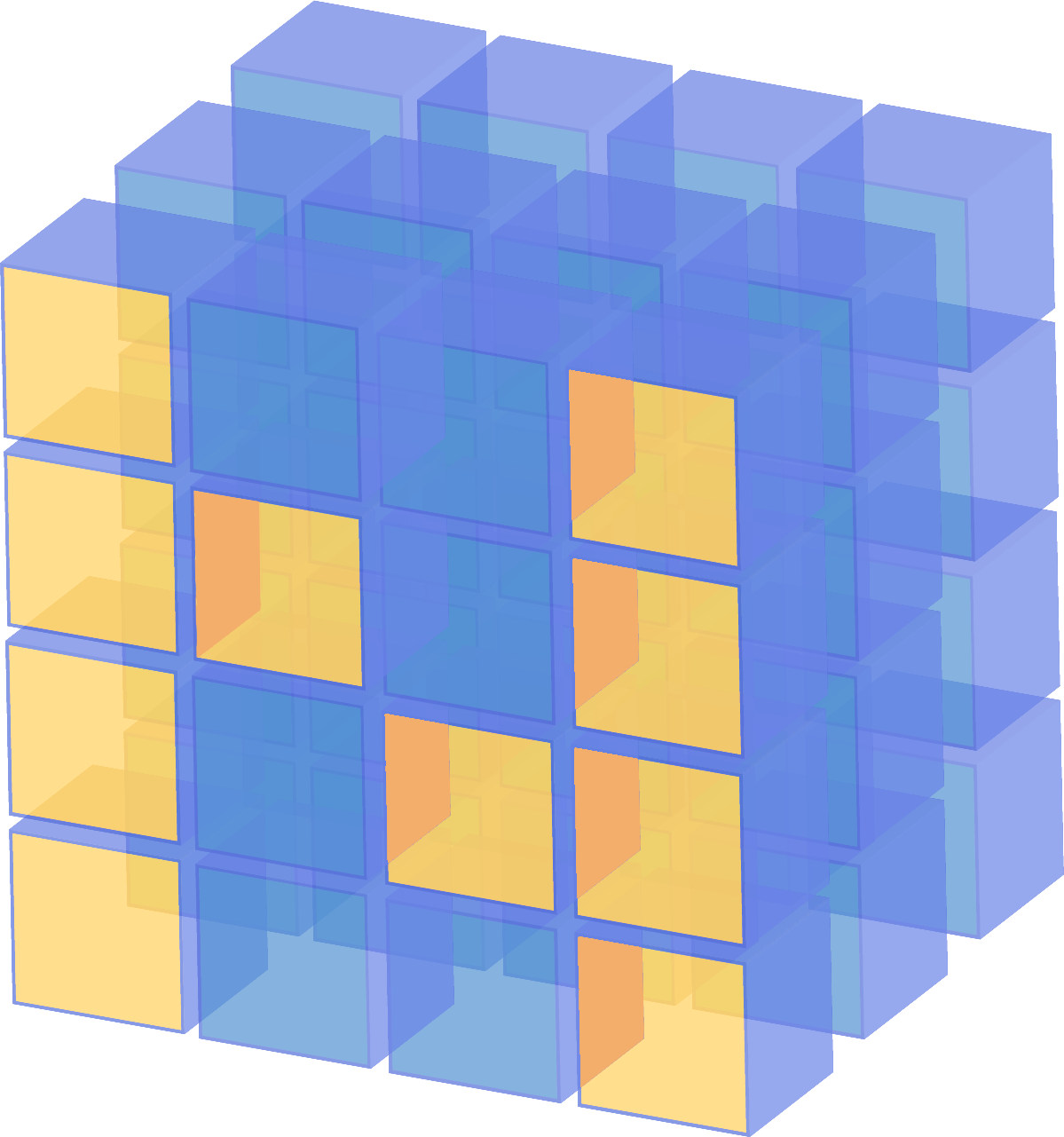The Ultimate Beginner’s Guide to NumPy
This article provides an introduction to NumPy, a powerful library for scientific computing in Python.
Get more great content for data analysis with python.
Numpy is a powerful Python library used for scientific computing and data analysis. It is an open source library that allows users to easily manipulate large data sets. Numpy offers a wide range of functions and features, including array creation, indexing, slicing, and broadcasting. It also provides a range of mathematical functions, such as linear algebra and Fourier transforms. Numpy is used extensively in data science and machine learning projects, as well as in other scientific computing applications.
Numpy arrays are the core data structure of Numpy. These arrays are multi-dimensional and can contain any type of data, including integers, floats, strings, and even objects. Numpy arrays are much faster than traditional Python lists, and they are also easier to manipulate. Arrays can be indexed, sliced, and broadcasted, and they can also be combined with other Numpy functions to create more complex data structures.
Numpy also provides a range of mathematical functions, such as linear algebra, Fourier transforms, and random number generators. These functions are essential for data analysis and machine learning tasks. Additionally, Numpy provides a range of tools for plotting and visualizing data, such as matplotlib and seaborn.
Overall, Numpy is an essential library for data science and machine learning projects. It is fast, powerful, and easy to use, and it provides a range of functions and features for manipulating and analyzing data. Whether you are a beginner or an experienced user, Numpy is a great tool for data analysis.
Check out the full post at towardsdatascience.com.

